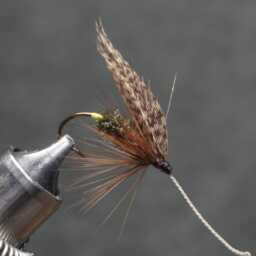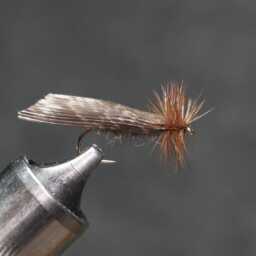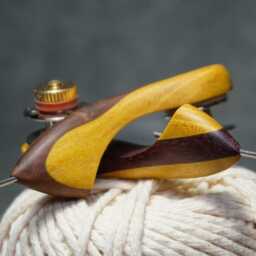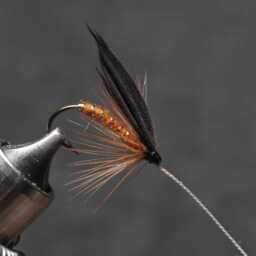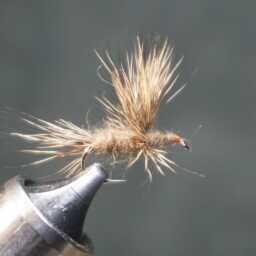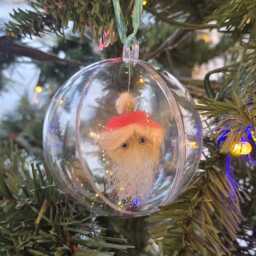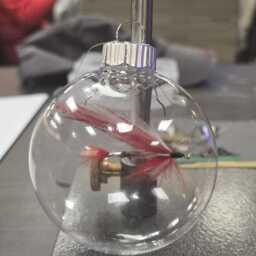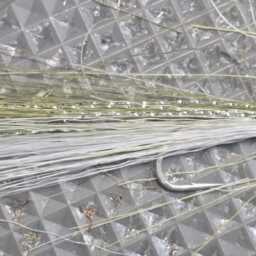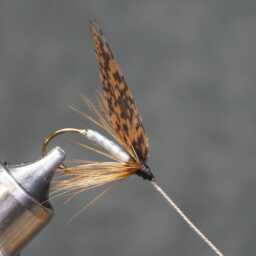Not widely used in fly tying but like most ducks there are very useful feathers including CDC.
The Muscovy duck (Cairina moschata) is native to the Americas, ranging from the Rio Grande Valley of Texas and Mexico south to Argentina and Uruguay. Feral populations are also found in New Zealand, Australia, Central and Eastern Europe, and various parts of North America.
Physical Characteristics:
Large duck; males about 76 cm (30 in) long, weighing up to 7 kg (15 lb); females smaller, reaching about 3 kg (6.6 lb).
Predominantly black and white, with iridescent and glossy back feathers in males.
Variable white patches or bars on wings, more visible during flight.
Both sexes have pink or red wattles around the bill, larger in males.
Domestic subspecies heavier, less able to fly long distances, with more variable plumage colors.
Adaptability and Habitat:
Adapts well to cooler climates, thriving in temperatures as low as -12 °C (10 °F) and surviving even colder conditions. Barbary duck is the term used for C. moschata in a culinary context.
Domestic Subspecies:
Known as pato criollo in Spanish, domestic Muscovy ducks have been bred since pre-Columbian times. They are heavier, less flight-capable, and exhibit more varied plumage colors.
Detailed Physical Description:
Long claws on feet and a wide, flat tail.
Domestic drake about 86 cm (34 in) long, weighing 4.6–6.8 kg (10–15 lb); domestic hen smaller, 64 cm (25 in) long, weighing 2.7–3.6 kg (6.0–7.9 lb).
True wild Muscovy ducks are blackish with large white wing patches. Males have a short crest on the nape, a black bill with a pale pink speckling, and yellowish-brown eyes.
Domesticated birds vary in color, often dark brown or black mixed with white; other colors like lavender or all-white are also observed.
Ducklings are mostly yellow with buff-brown markings on the tail and wings.
Vocalizations:
Drake emits a low, breathy call; hen produces a quiet trilling coo.
Genetic Characteristics:
Karyotype: 2n=80, consisting of three pairs of macrochromosomes, 36 pairs of microchromosomes, and a pair of sex chromosomes.
Male Muscovy ducks have helical penises that become erect up to 19 cm (7 in) in 0.3 seconds. Females have coiling vaginas, possibly evolved to limit forced copulation by males.
« Back to Glossary Index
